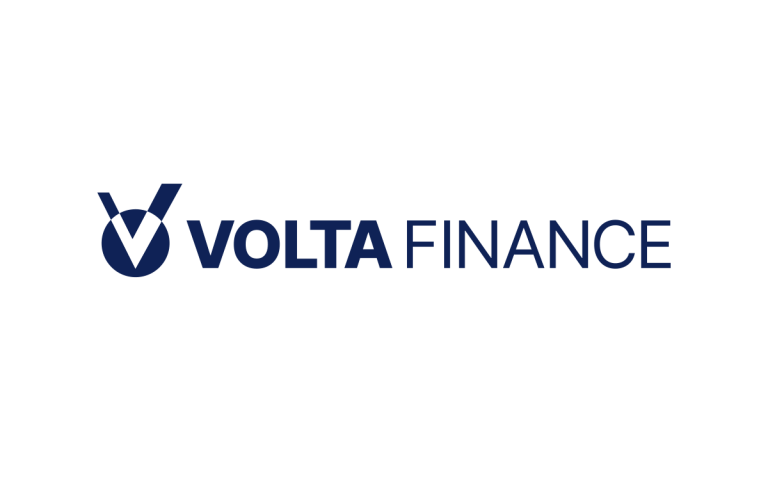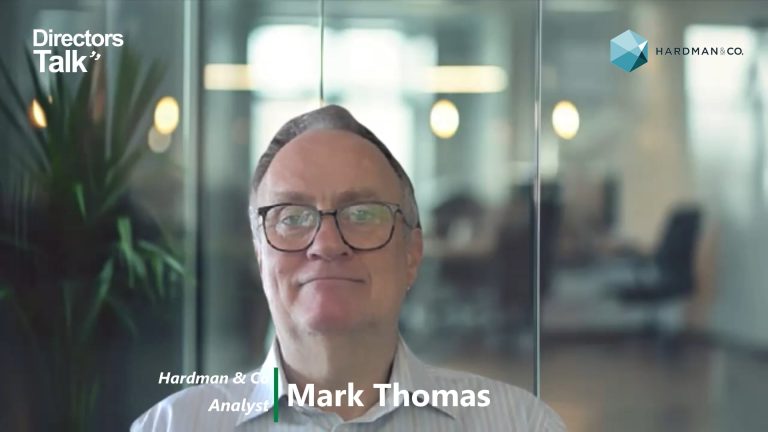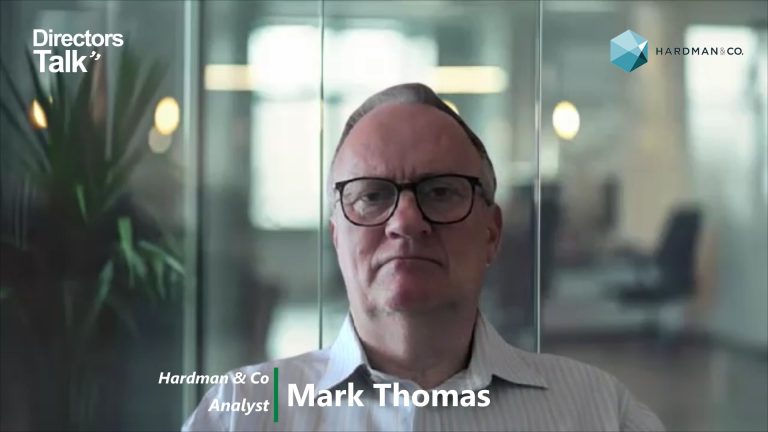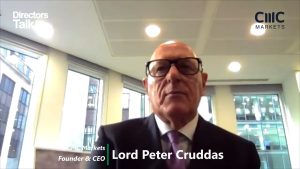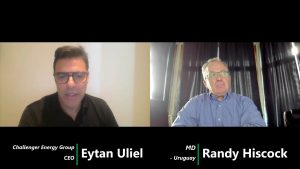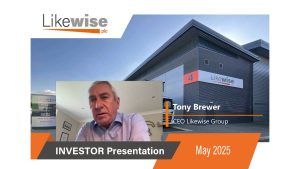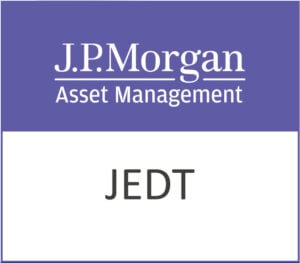Volta Finance Ltd (LON:VTA) is the topic of conversation when Hardman and Co’s Analyst Mark Thomas caught up with DirectorsTalk for an exclusive interview.
Q1: Mark, you’ve recently written a report on Volta Finance, can you tell me a bit about the company?
A1: Volta is a closed-ended investment company that invests in structured finance assets, primarily Collateralised Loan Obligations or CLO. Now, there’s a lot of technical jargon in there and looking through that, what investors need to know is that they earn a steady flow of interest from a hugely diversified loan portfolio with around 700 underlying borrowers. It invests in a range of instruments but that is the underlying risk and they aim to provide a stable stream of income to investors through quarterly dividends. There is of course a lot of skill in picking the right investments and the company’s deep market understanding has historically identified a number of assets which were mis-priced for their real risk.
Q2: Slightly off topic now but when we went to look at the report, I noticed on their website that you have to tick a box confirming I’m a ‘Relevant Person’ and not a US person before I can get to the research. Why is that?
A2: It is a little unusual, but the company is subject to a number of regulatory and legal restrictions, unlike a normal company, but like a great many investment companies, these rules mean US investors should not get information about them.
If your listeners want to look through the legalise about relevant person, the key issue is that their investments can be complex, and they can be subject to sentiment-driven price volatility. The long term returns are all about the cashflows from the underlying loans but there may be a load of short term noise in periods when markets get worried yet in the medium to long term investors as fine as long as defaults on underlying loans don’t rise significantly and the cash keeps rolling in.
What we outlined in our note is that short term noise can actually be good news because it allows for reinvestment at higher rates, so boosting future cashflows. With the potential for short term volatility, they are not an investment for the archetypal widow or orphan and should only be considered by sophisticated investors who understand volatility.
Their own Key Information Document, which is a document investment companies do for investors, has a recommended hold period of 6 years. The tick box gives the legal definition for those that are interested but the key thing is really this is an investment for sophisticated investors.
Q3: Why did you call your piece ‘Investment opportunities at this point of the cycle’?
A3: Well, we’re in one of those situations where the short-term volatility and with market concerns that the credit cycle might turn, what we do in this note is explore the opportunities that they have in these conditions.
We recognise that investors may be concerned that defaults are going to rise and the market prices of some of the holdings may not reflect their long-term value but it’s really important to understand that there are upsides too. In particular, we note that spreads are likely to widen and there will be more mis-pricing opportunities likely to emerge. This enhances the company’s long-term income streams and may see capital gains in due course as it has the opportunity to invest in cheap assets and they have a broad diversification and a good credit track record to manage the downside risk.
Q4: Can you tell us a bit about how the company manages it portfolio?
A4: The company’s investment manager is AXA Investment Management in France and that gives them huge scale to have pricing power when buying assets, immediate market intelligence and specialist risk skills, all of which are important in this market.
The mandate is very flexible, much more so than most of the quoted peers, and this means they can and does pick in any area of the structured finance market where is sees good opportunities. At different times CLO debt may be attractive while at others CLO equity may be attractive
The company provides short term high-margin warehousing which allows the CLO to build its portfolio, it can invest in bank structures that are created as if they were a CLO but not legally be one. The important thing for investors is that in a dynamic market the company can pick and choose the best part of the market.
Q5: I think you’ve already covered some of this but what do you think the sophisticated investor may find attractive about Volta Finance?
A5: Over the past five years, the returns have actually been about a 13% share price return on dividends re-invested basis, a higher return than you’d get from the benchmark indices, both equity and bond. The manager projections on the current portfolio indicate a broadly similar income yield outlook, certainly double digit.
In terms of risk, the distribution of monthly returns has the bell-shaped pattern indicative of a business that actually manages its risk very well. We note the Sharpe ratio, which is another measure that investors can look at of risk and return, has been higher than peers.
The fund’s income is primarily driven by those interest coupons and it’s not reliant on volatile capital gains, or losses in any period, there is broad credit risk diversification and AXA, the fund manager, has a proven track record over the long-term. As of today, the shares are trading on a mid-teens percentage discount to the net asset value and that has a lot of worries and potential bad news already baked into it.



